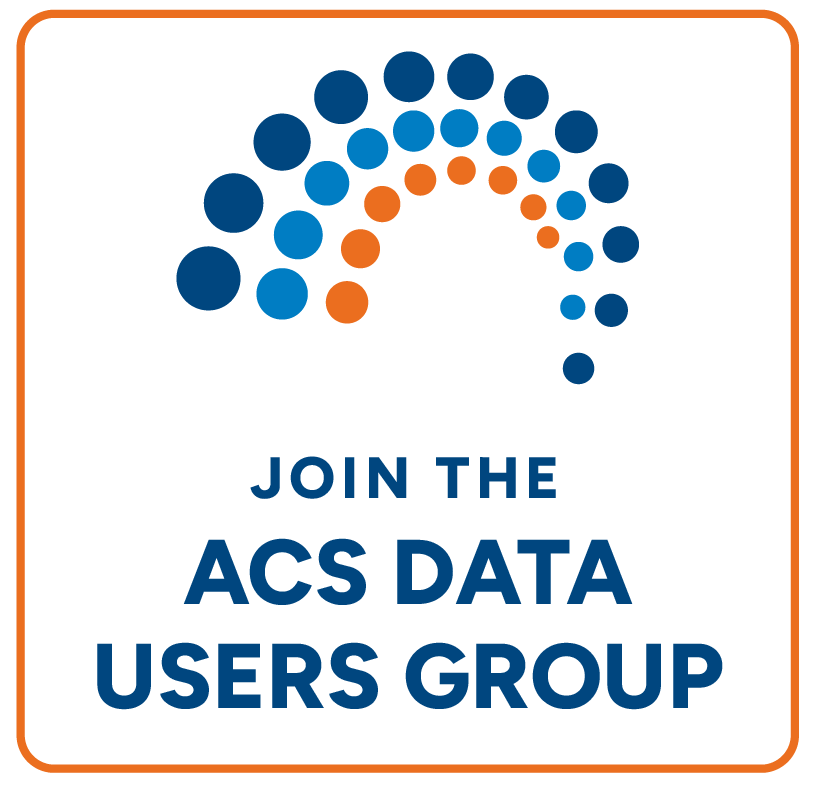Administer Programs for Veterans
We want to know more about the numbers and characteristics of veterans eligible for federal programs benefiting veterans, such as:
- VA Home Loan Guarantee program.
- Post-9/11 GI Bill.
- Job training and hiring preference programs.
This information helps communities and the federal government estimate the future demand for these programs and services. These data are also used to evaluate these programs to determine whether they are benefiting veterans as intended.
Provide Health Care for Veterans
Local communities and the federal government want to know about the number of veterans eligible to use VA health care in combination with age, disability, and service-connected disability ratings, to estimate the future demand for health care services and facilities. Communities in need of major VA medical facilities throughout the country make a case for new construction projects using these data to estimate the expected usage of new facilities.
Plan End-of-Life Options for Veterans
Information about where veterans are living toward the end of their lives is important, as the VA estimates the number of nursing home and domiciliary beds needed based on the concentrations of eligible veterans over age 65. These data are also important for the VA National Cemetery Administration, whose goal is to have a VA burial option within 75 miles of a veteran's residence. These data are used to plan construction of new cemeteries near the communities where veterans choose to live.
Ensure Equal Opportunity
We want to know about the veteran and service-connected disability rating status of people in the community in combination with information about housing, employment, and education, to help the government and communities enforce against discrimination based on veteran or disability status.
Understand New Challenges for Veterans
Information about the characteristics of veterans returning to civilian life is also important to combat specific problems they may face. For example, researchers use these data to understand why veteran status is a predictor of homelessness. Such data have been combined with administrative data produced by shelters in an attempt to understand and document which interventions reduce homelessness among veterans.
Veterans Day
Click the image to view the data visualization.

[Source: 2023 American Community Survey, 1-Year Estimates]









